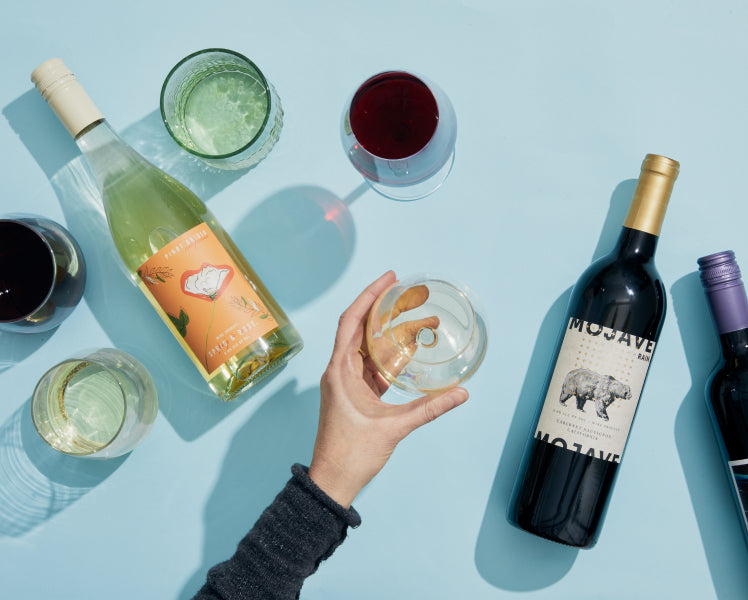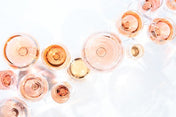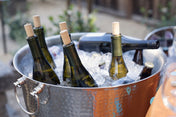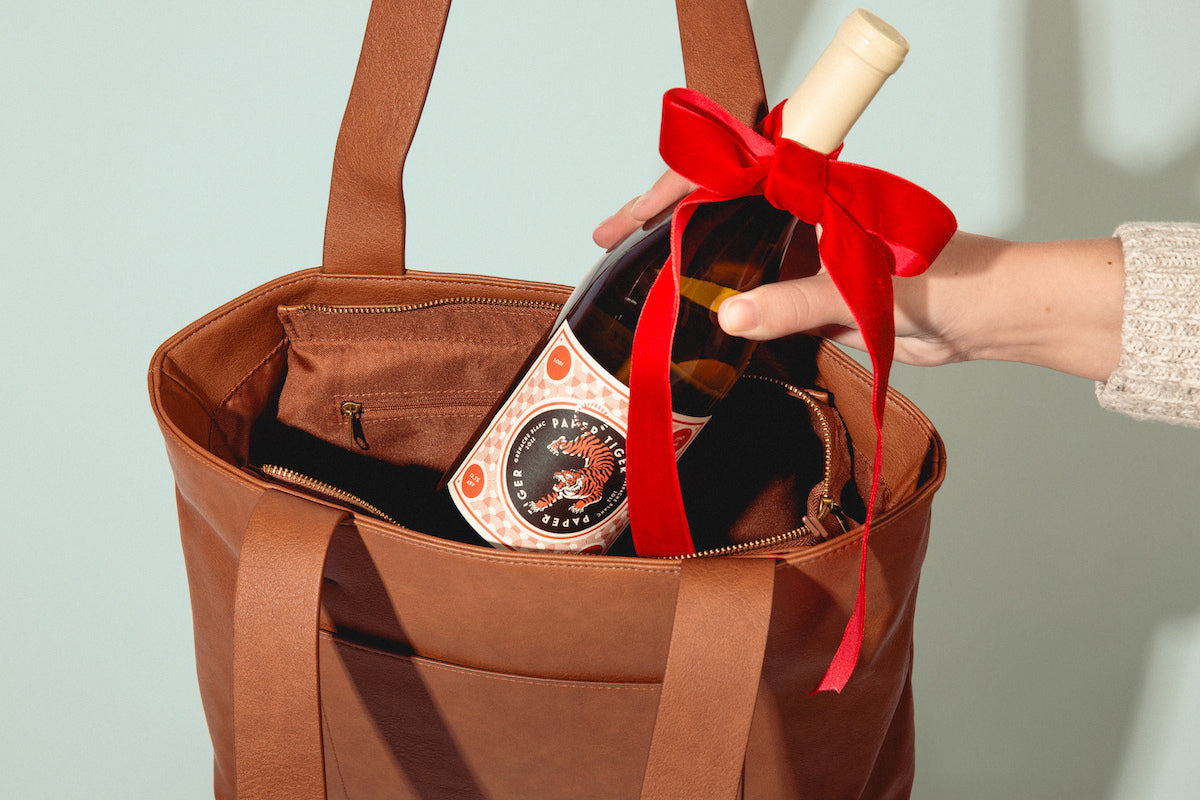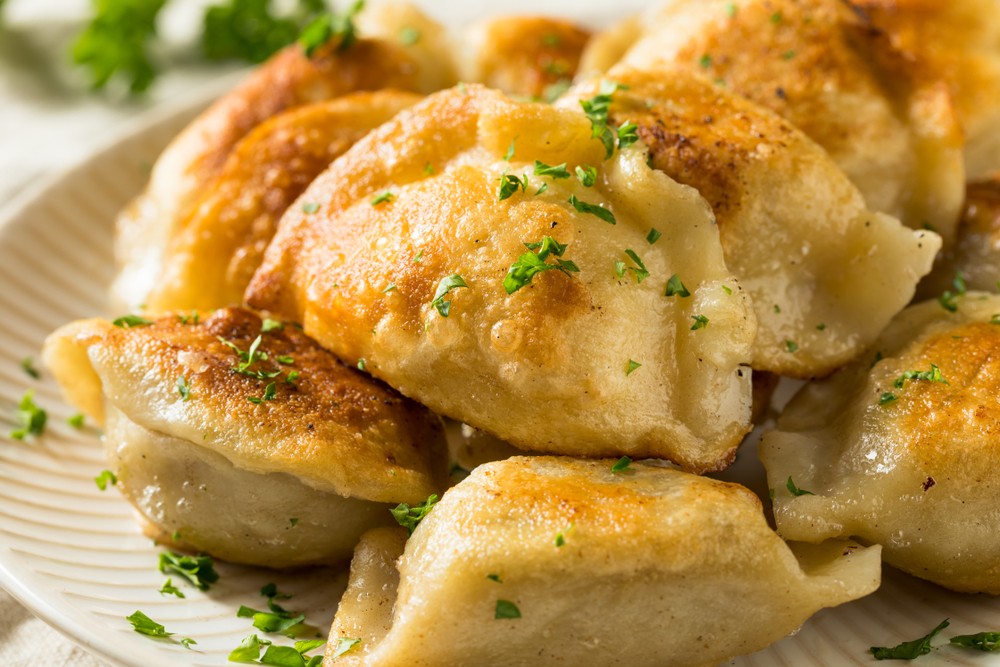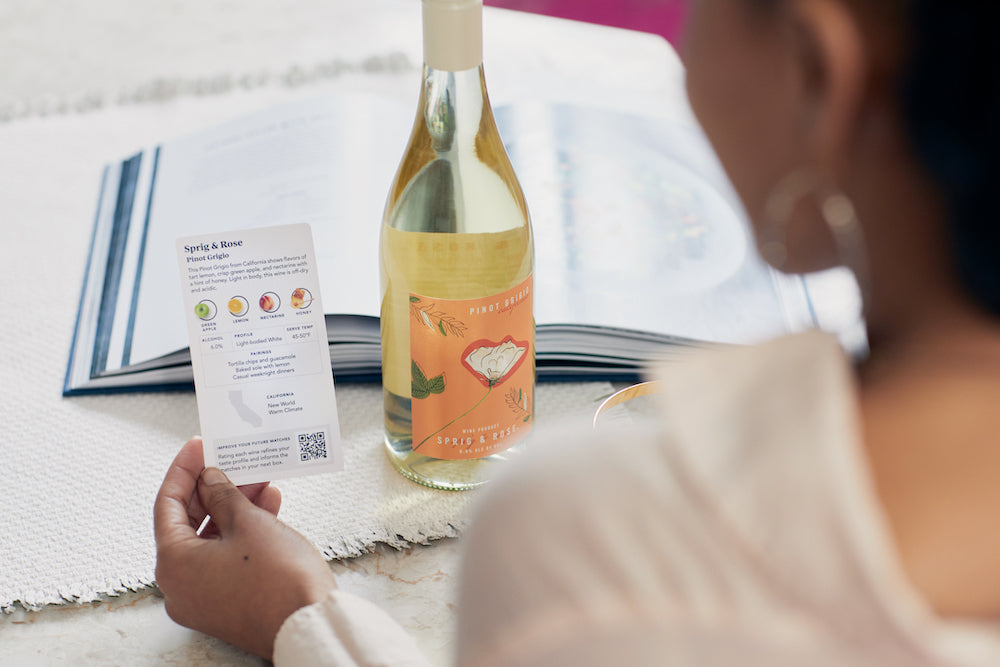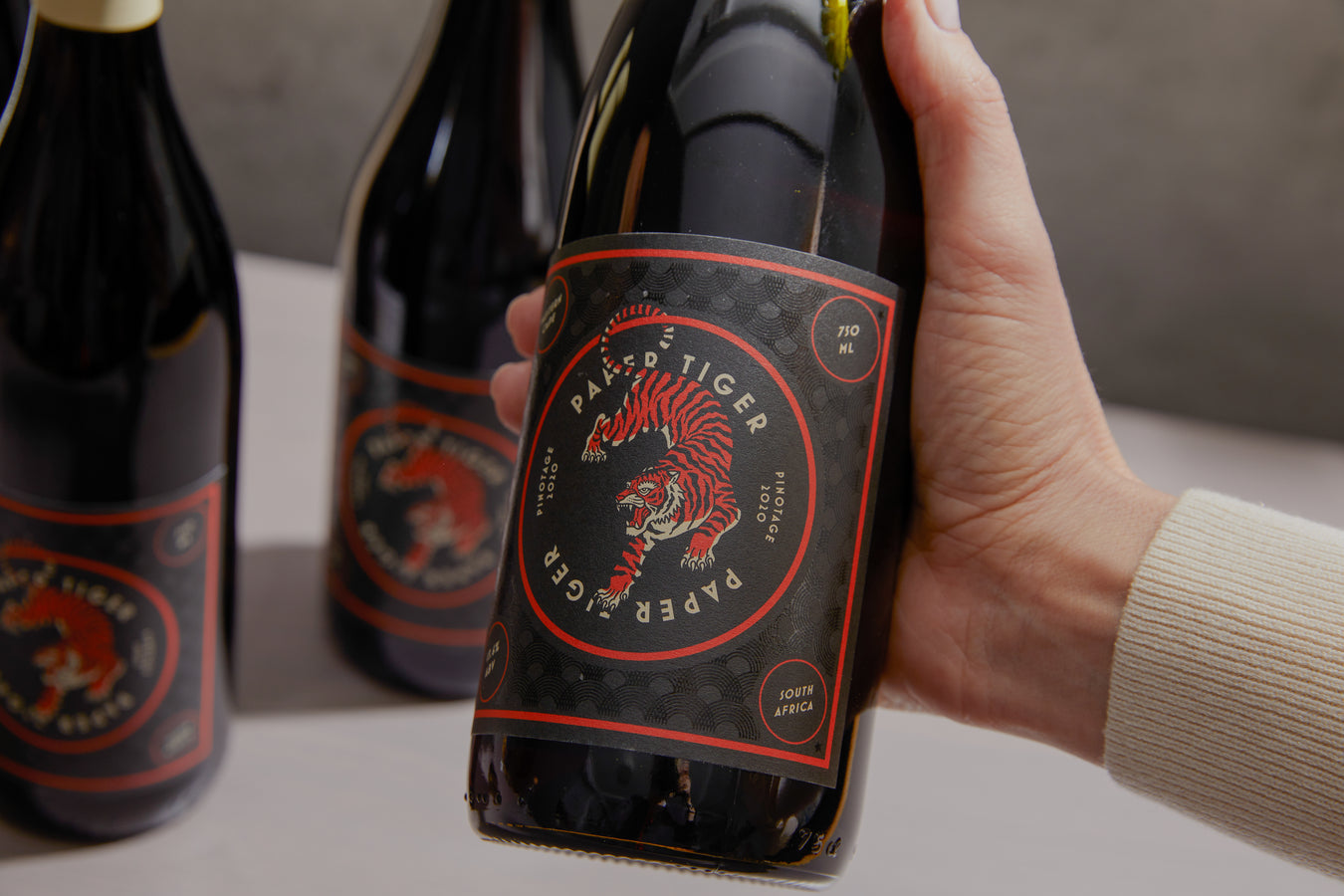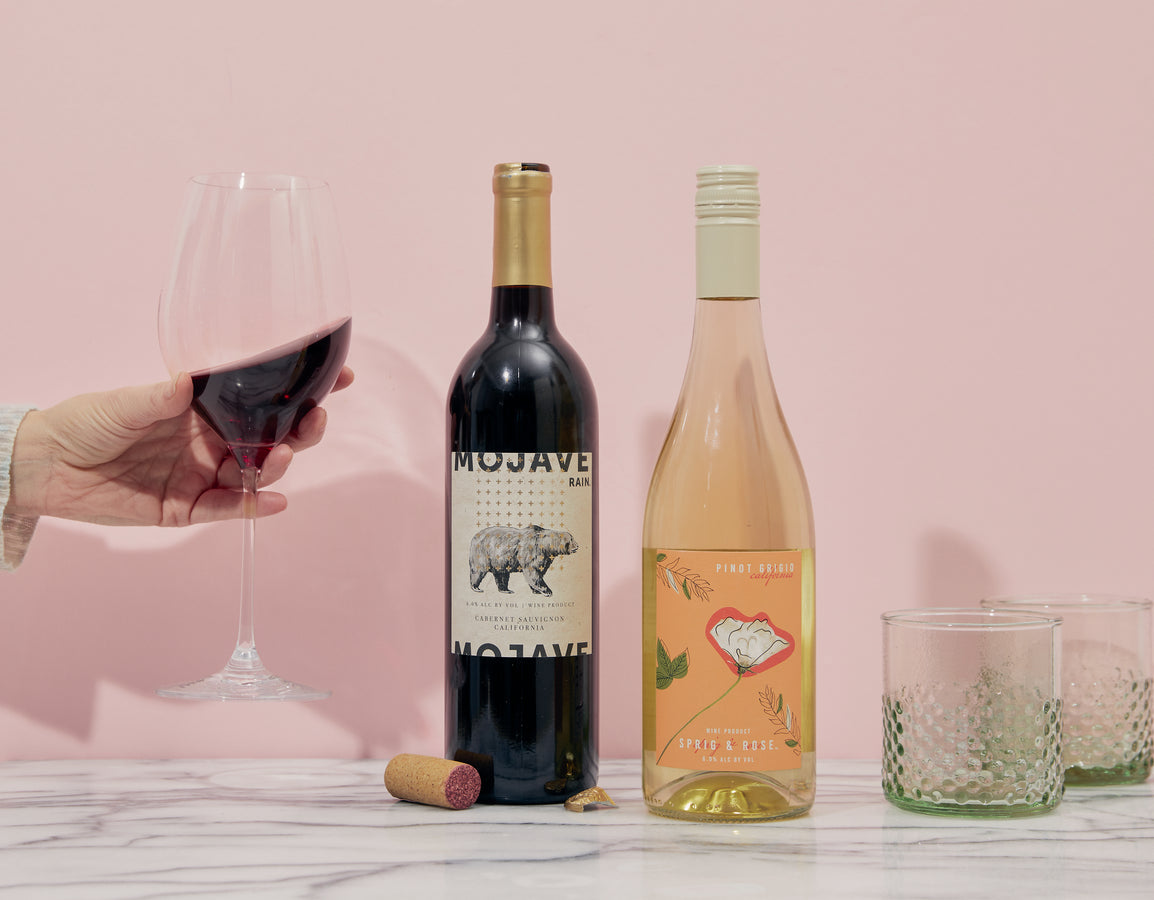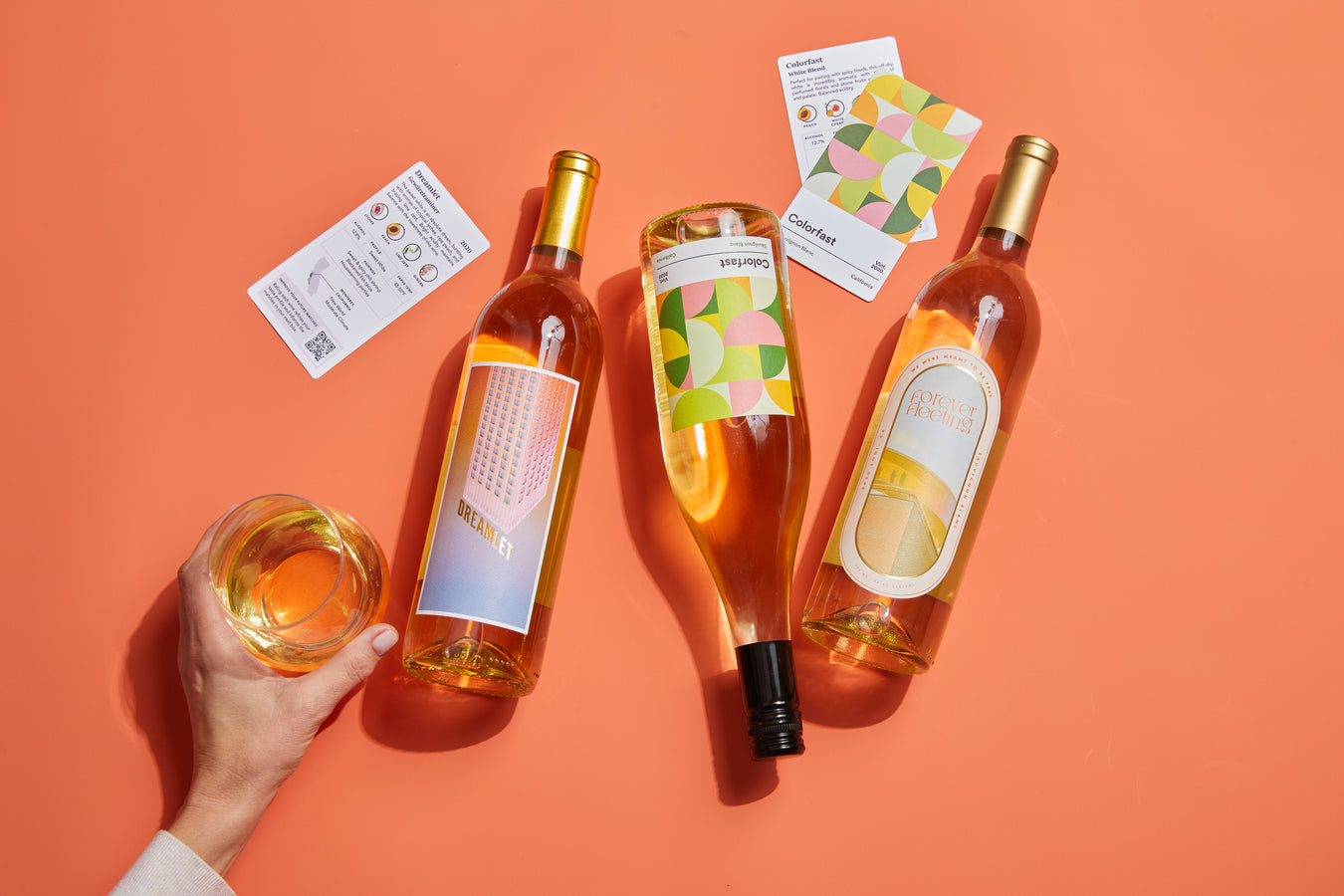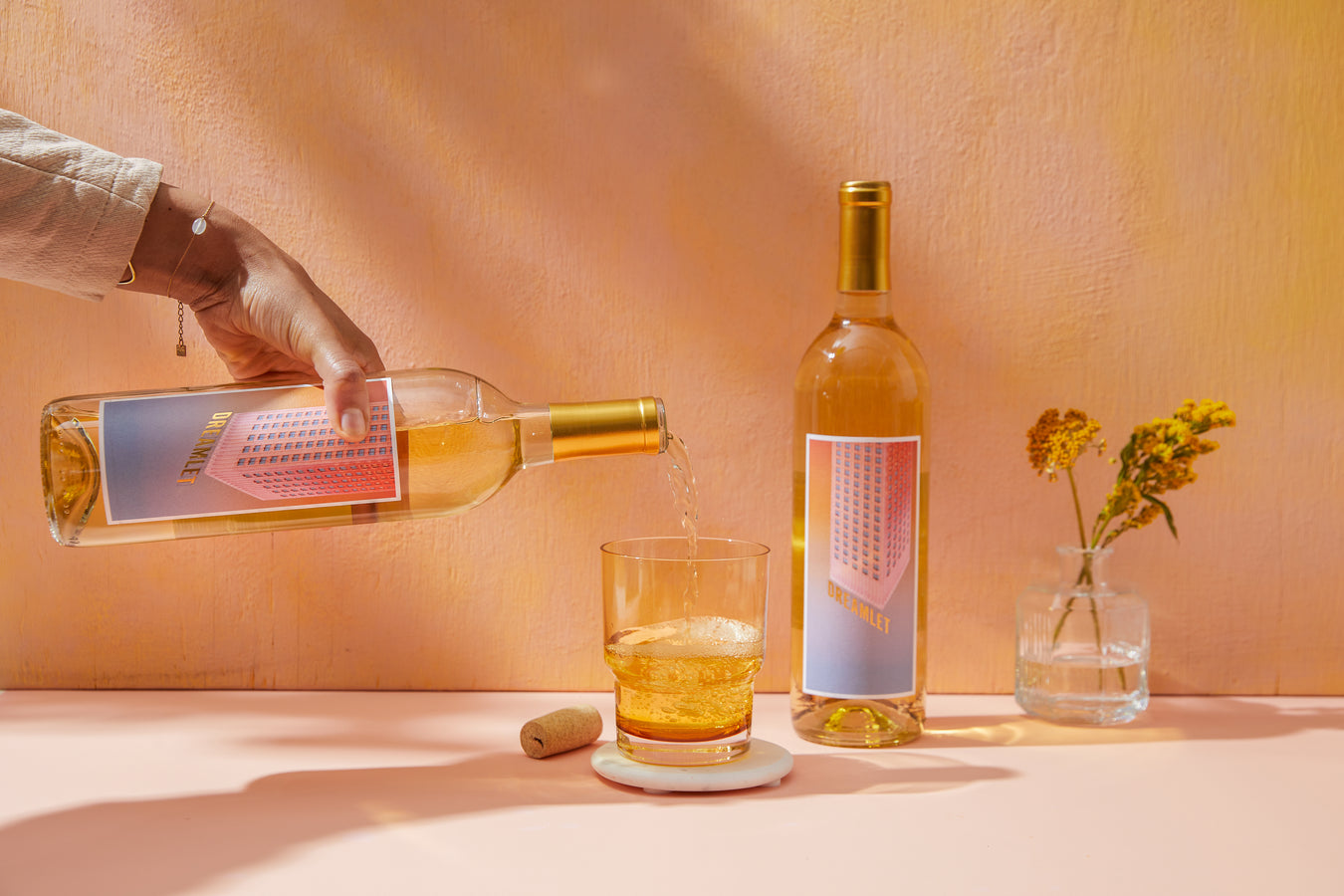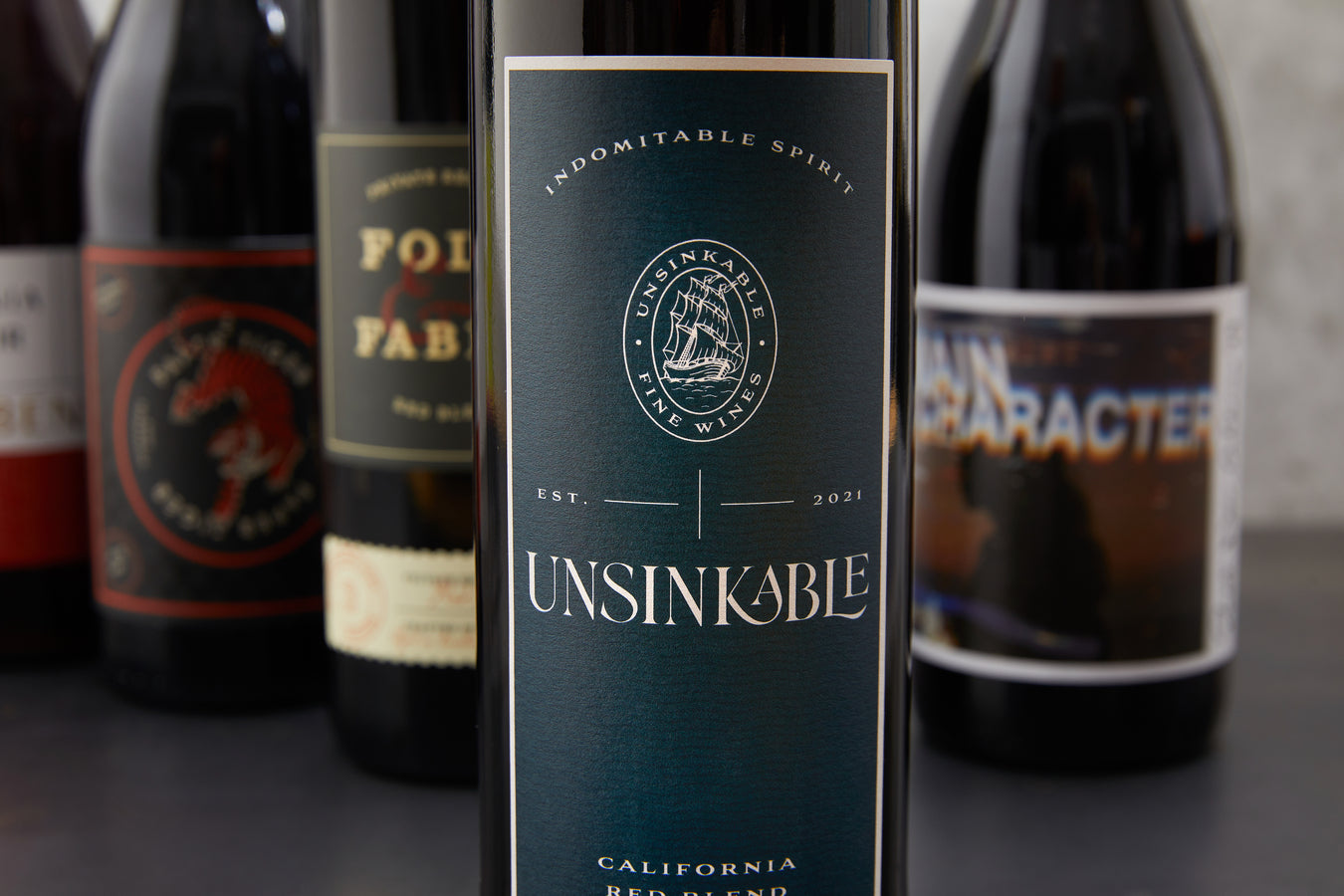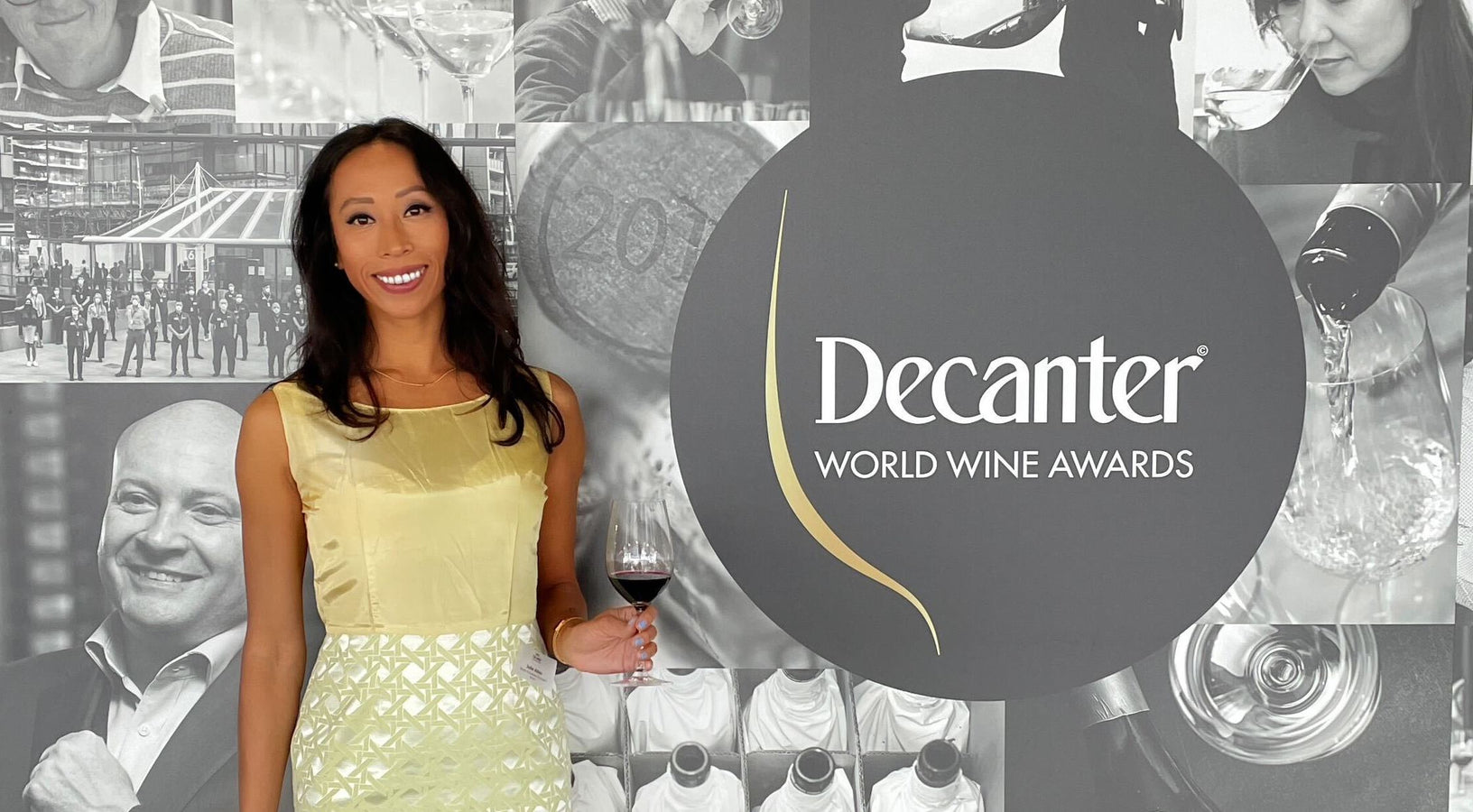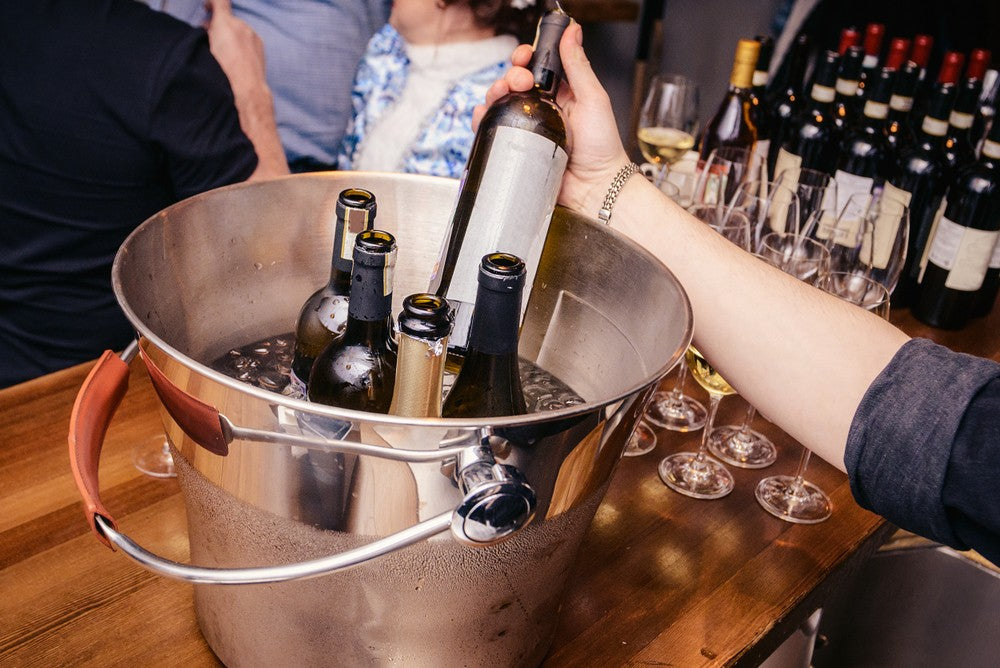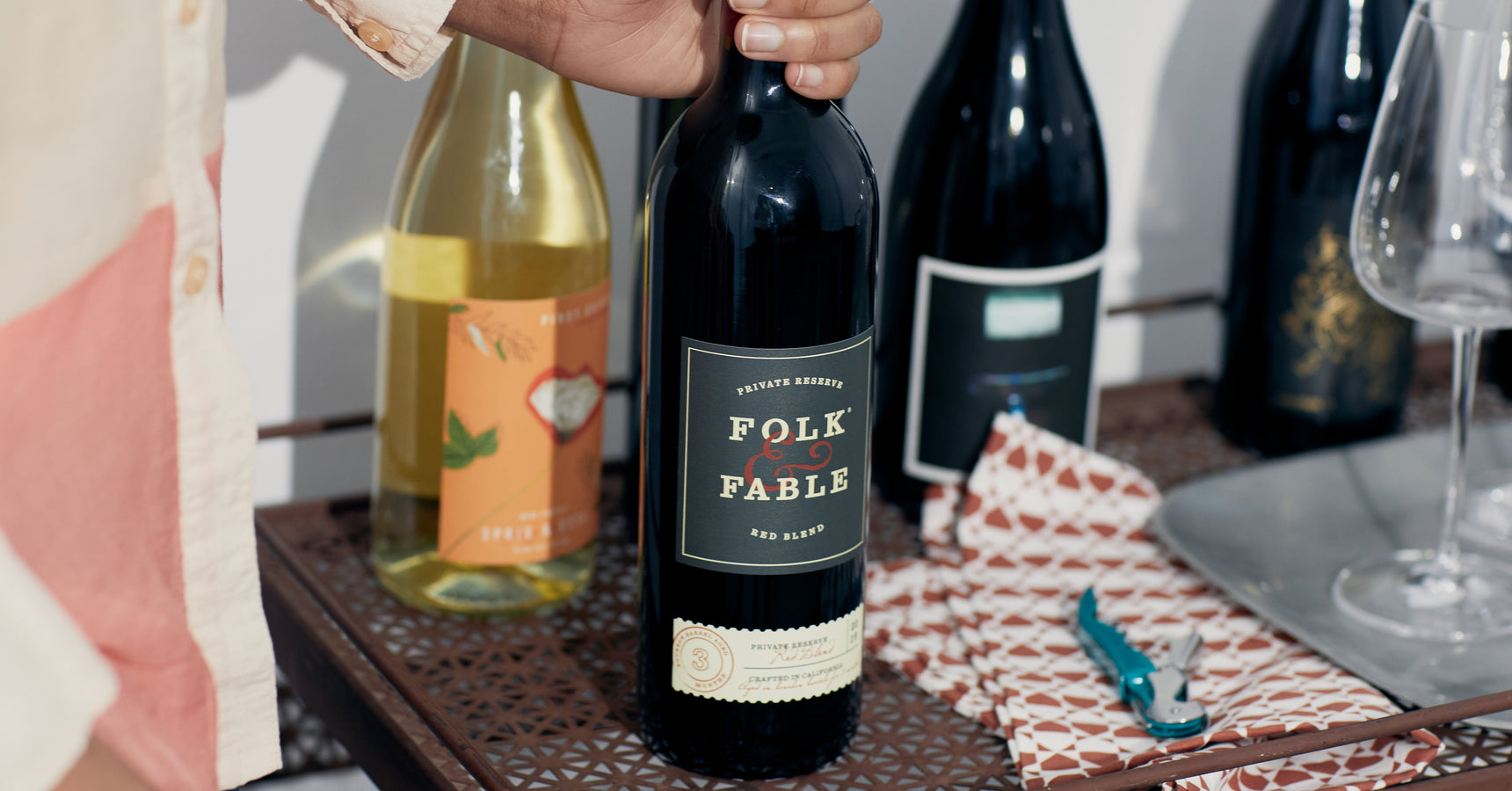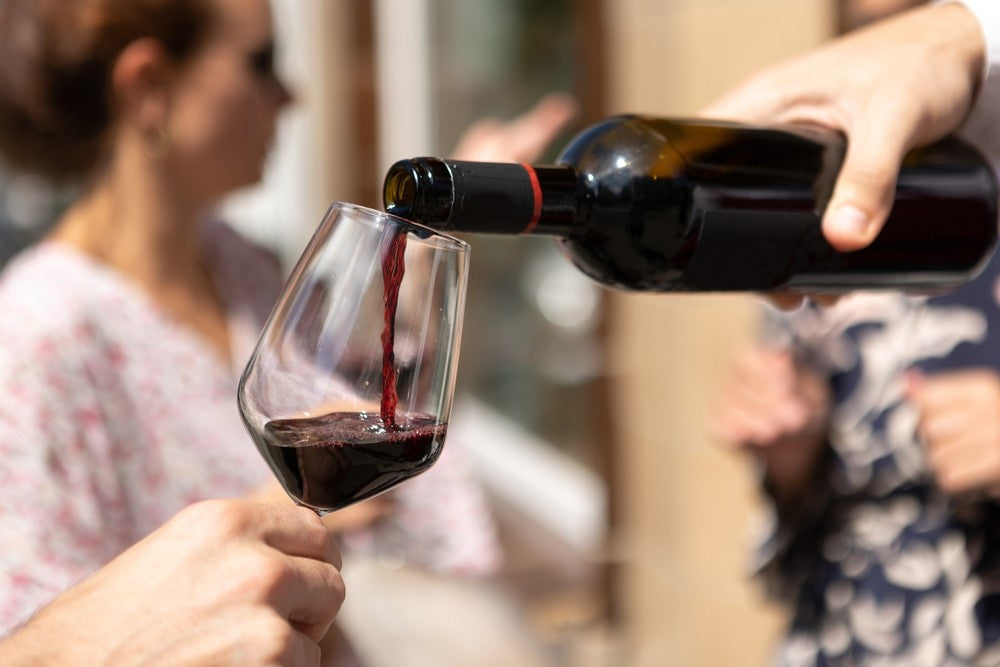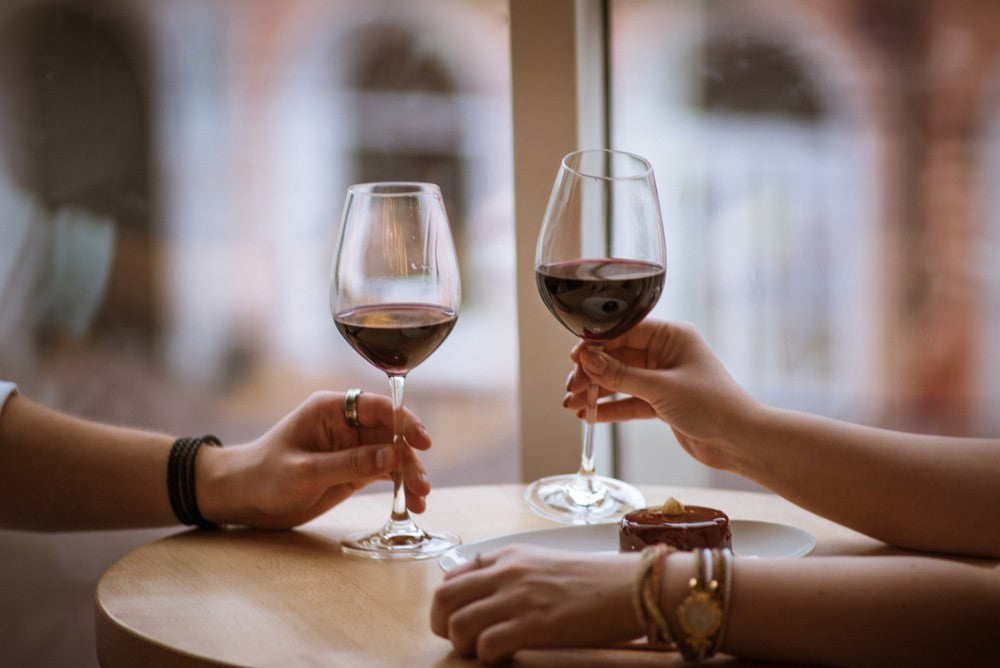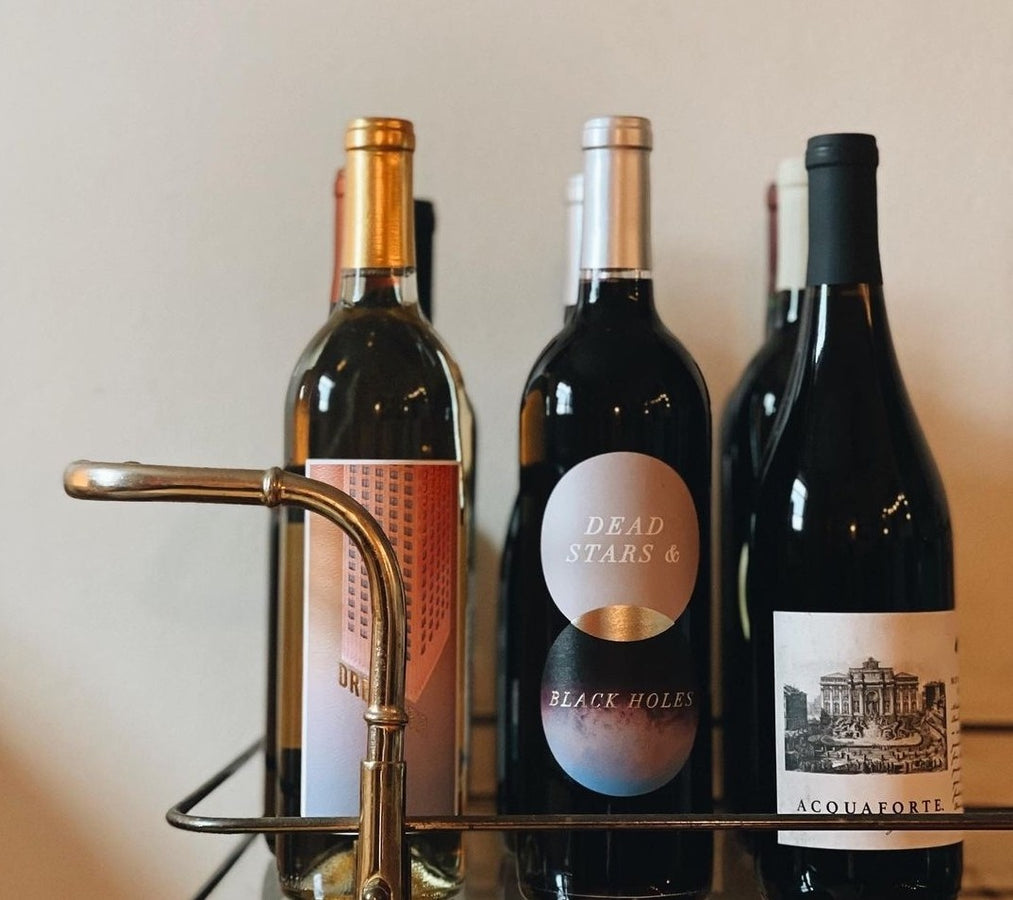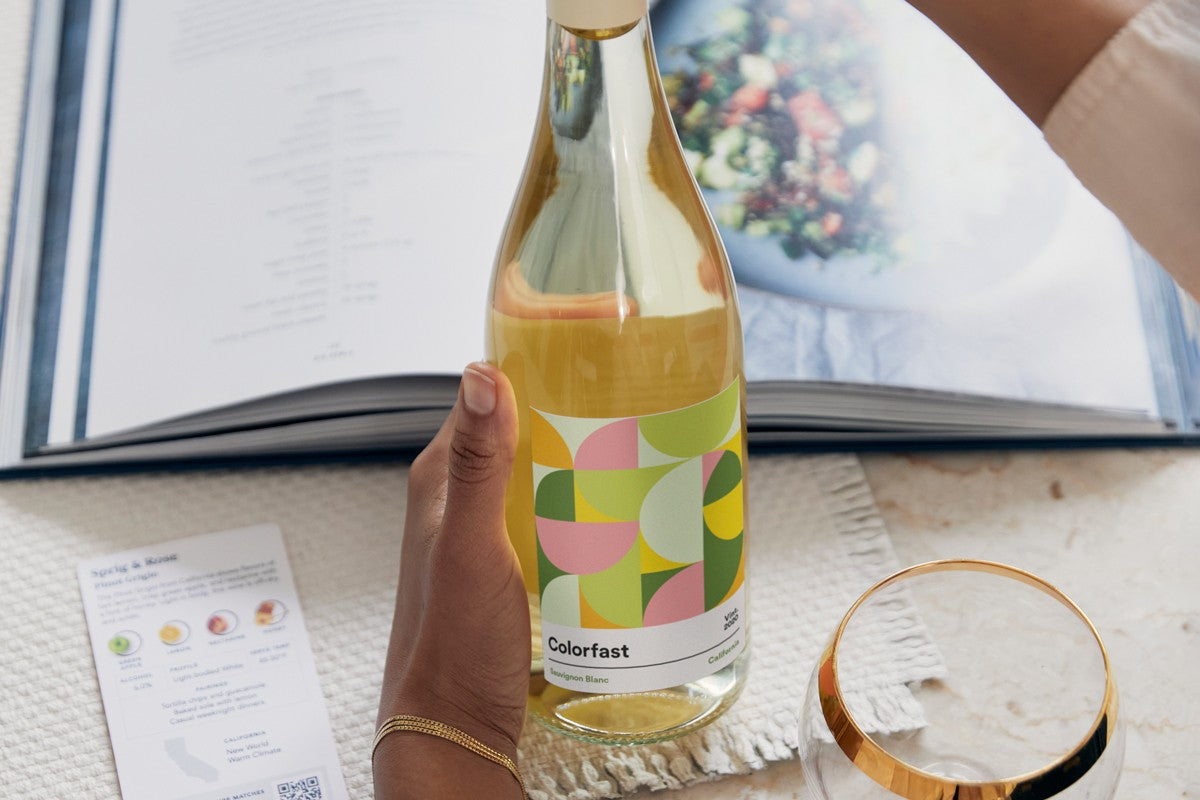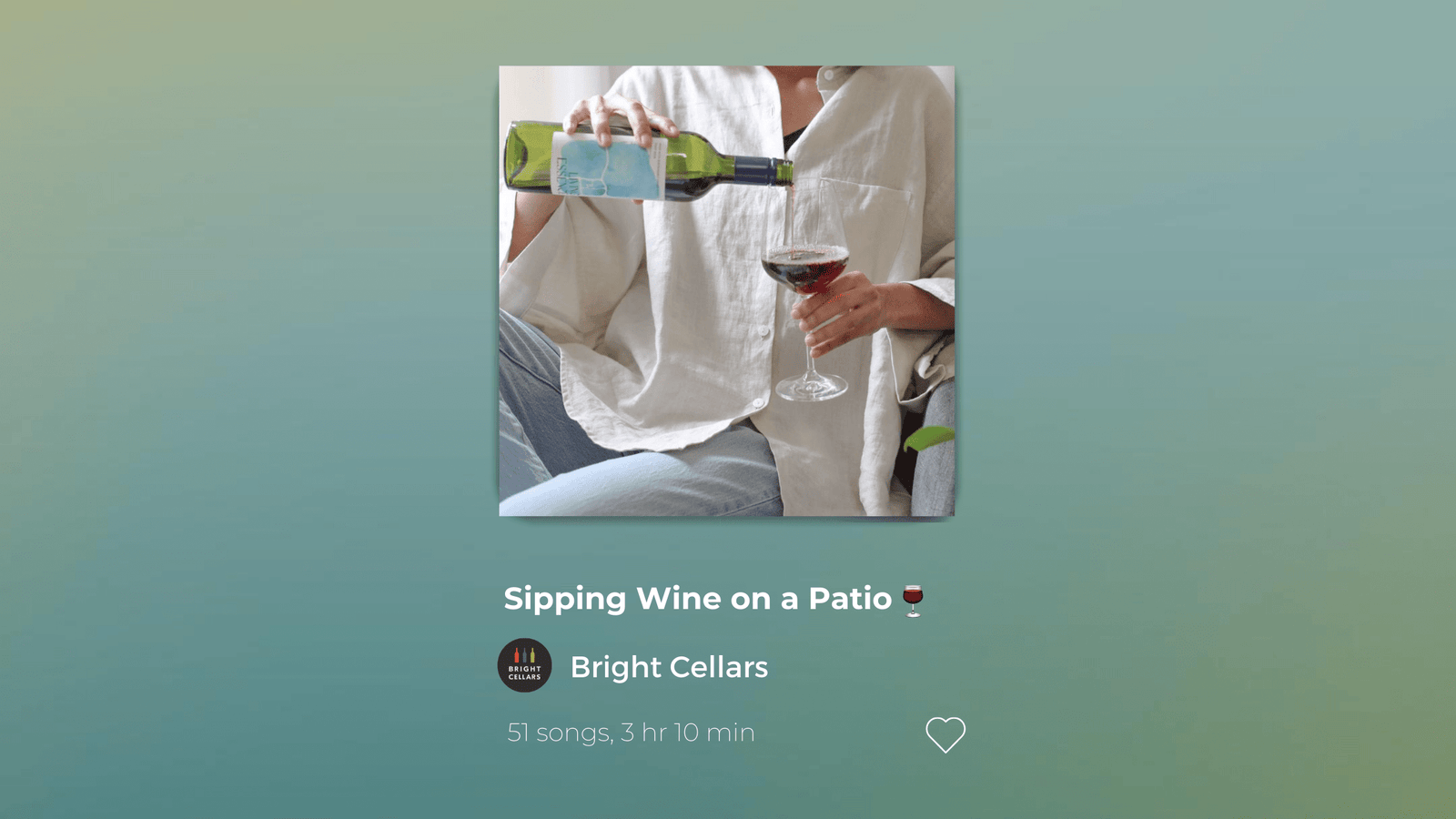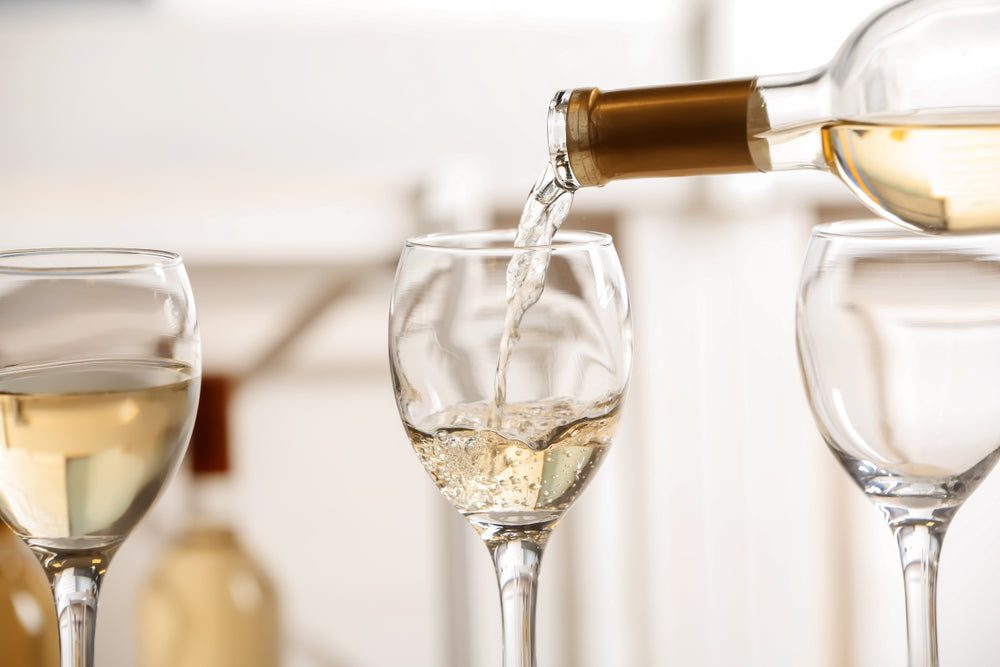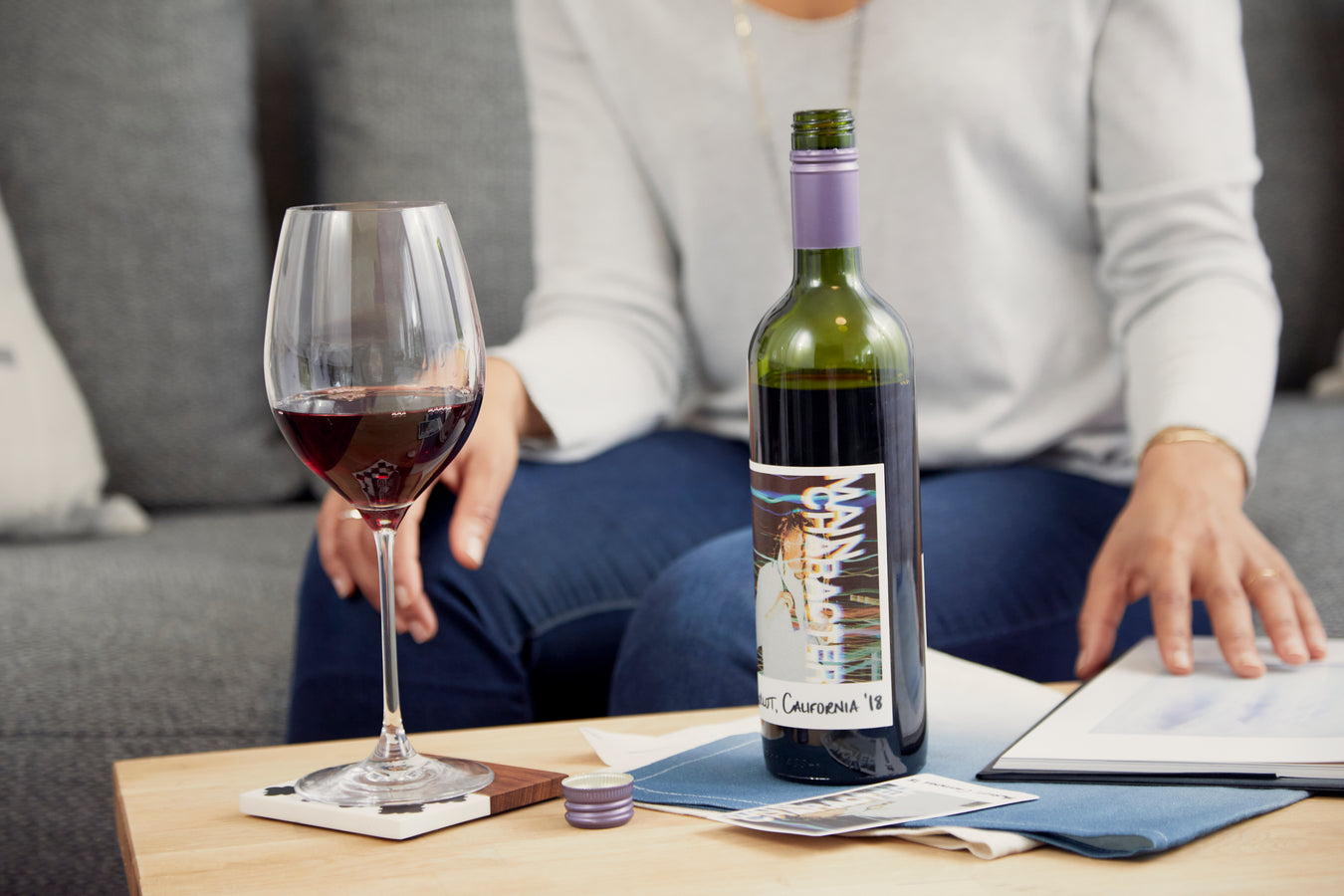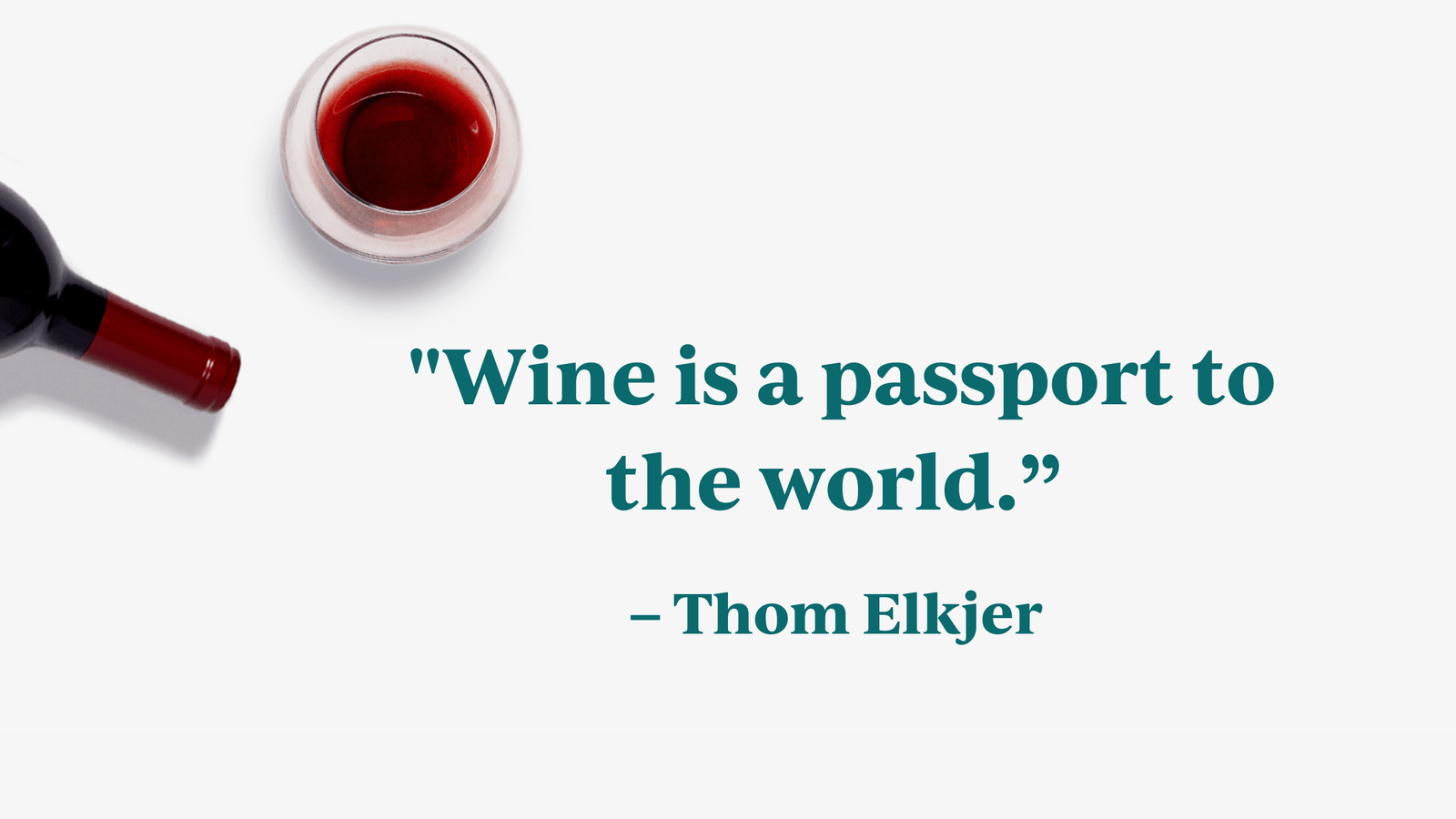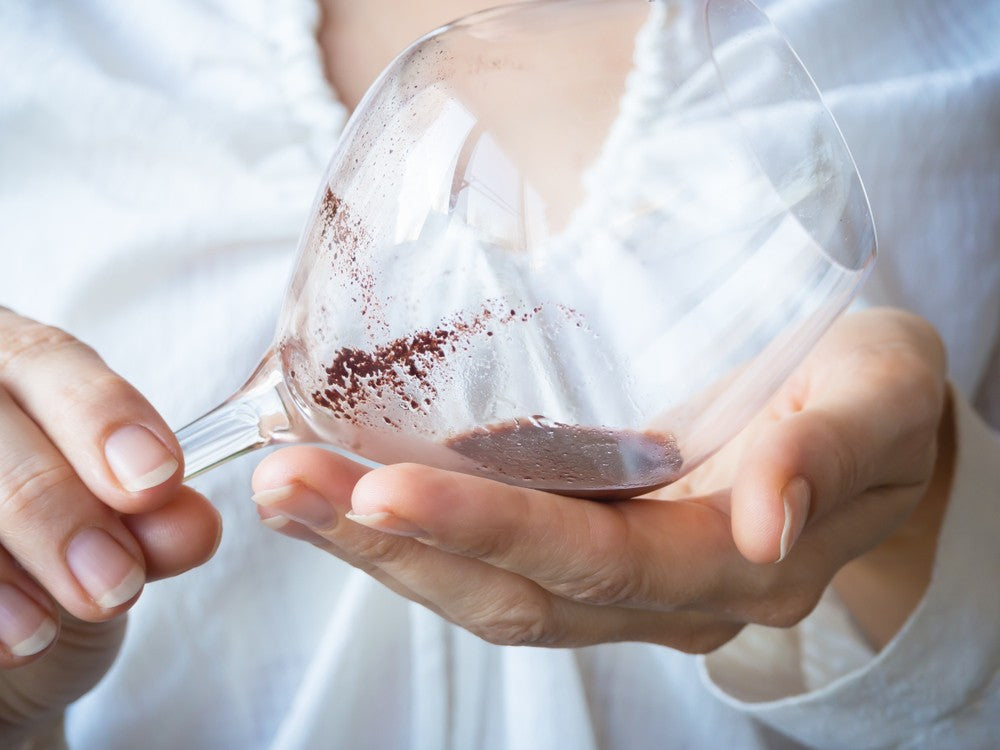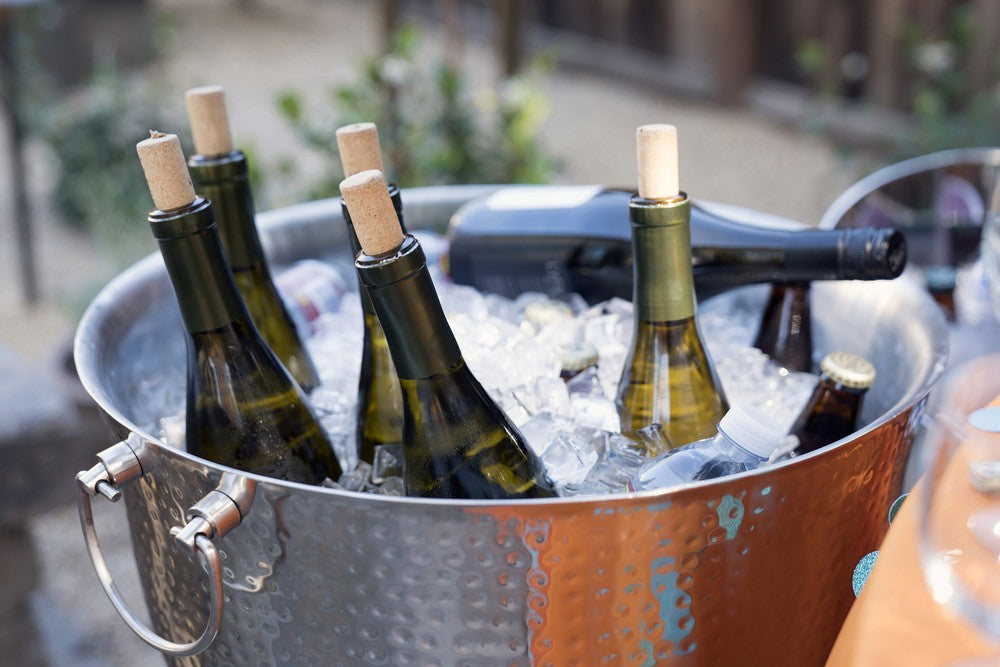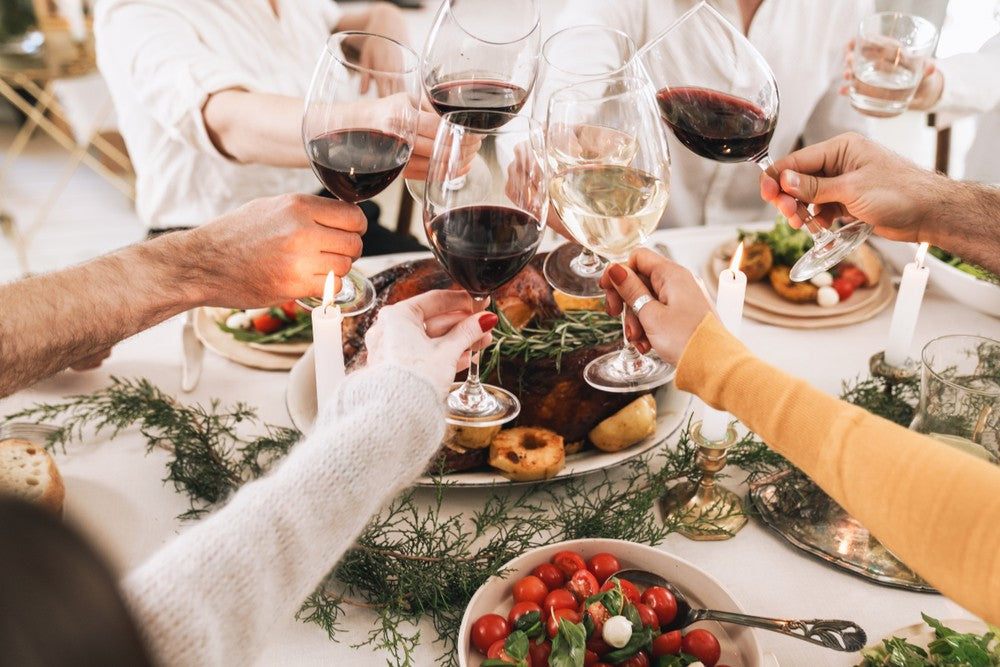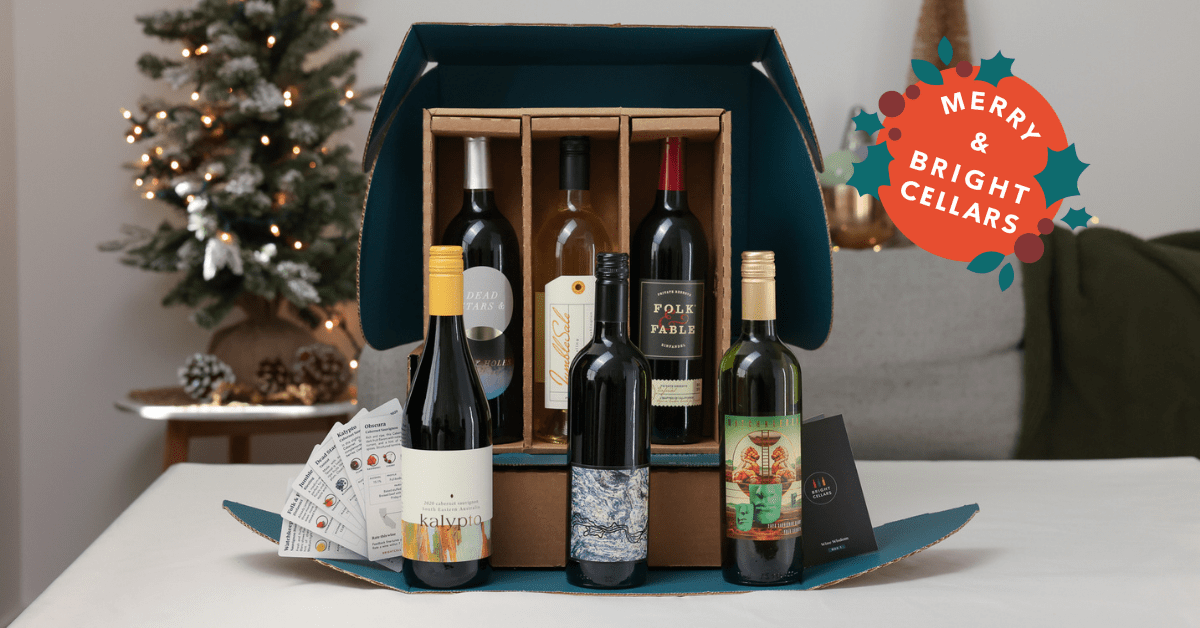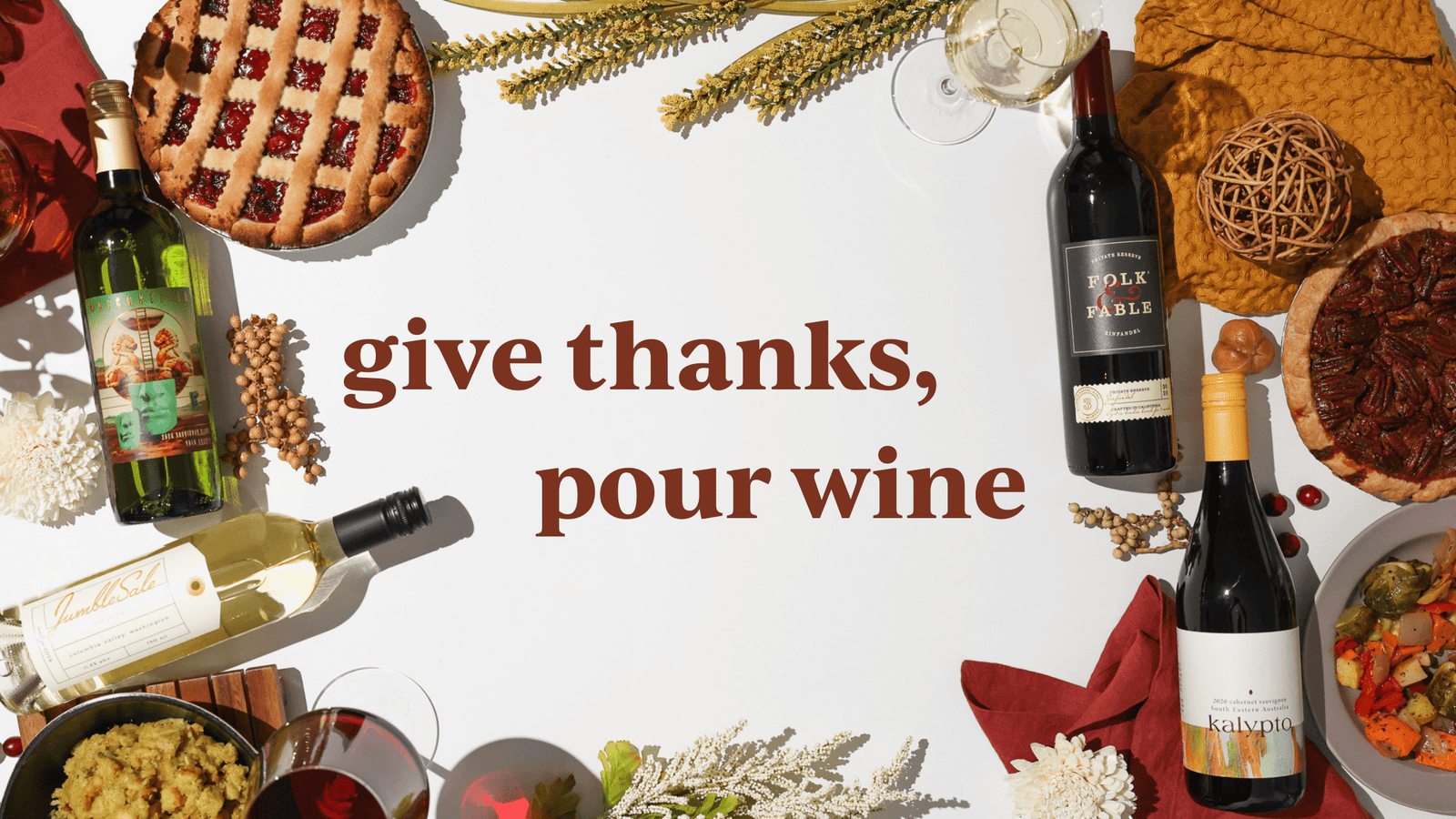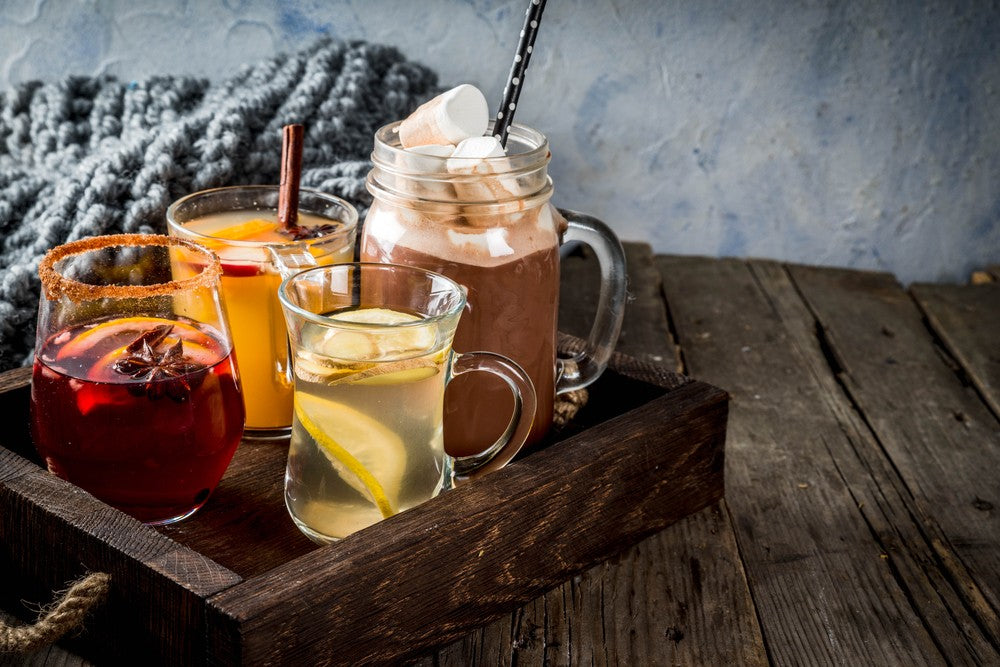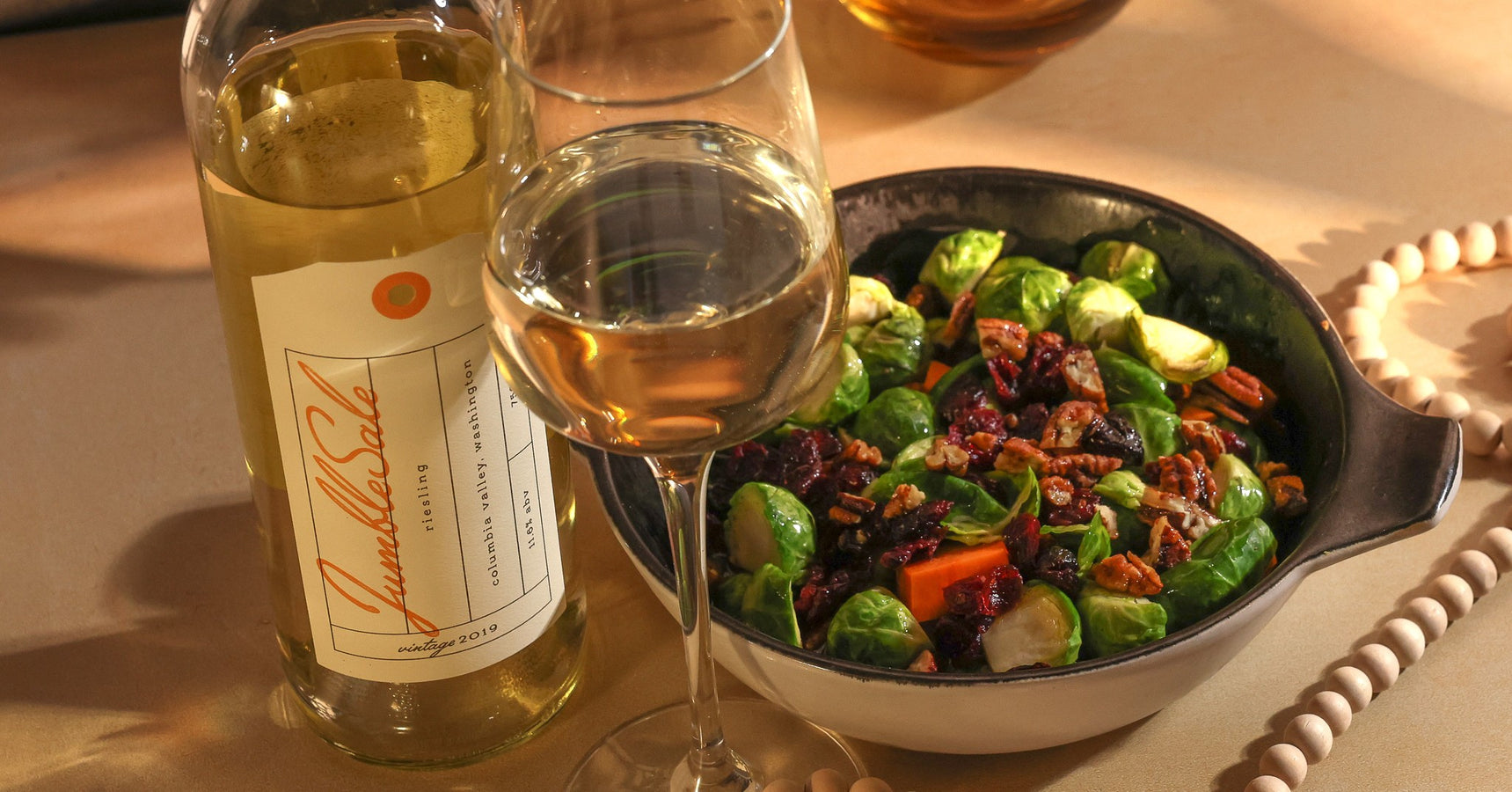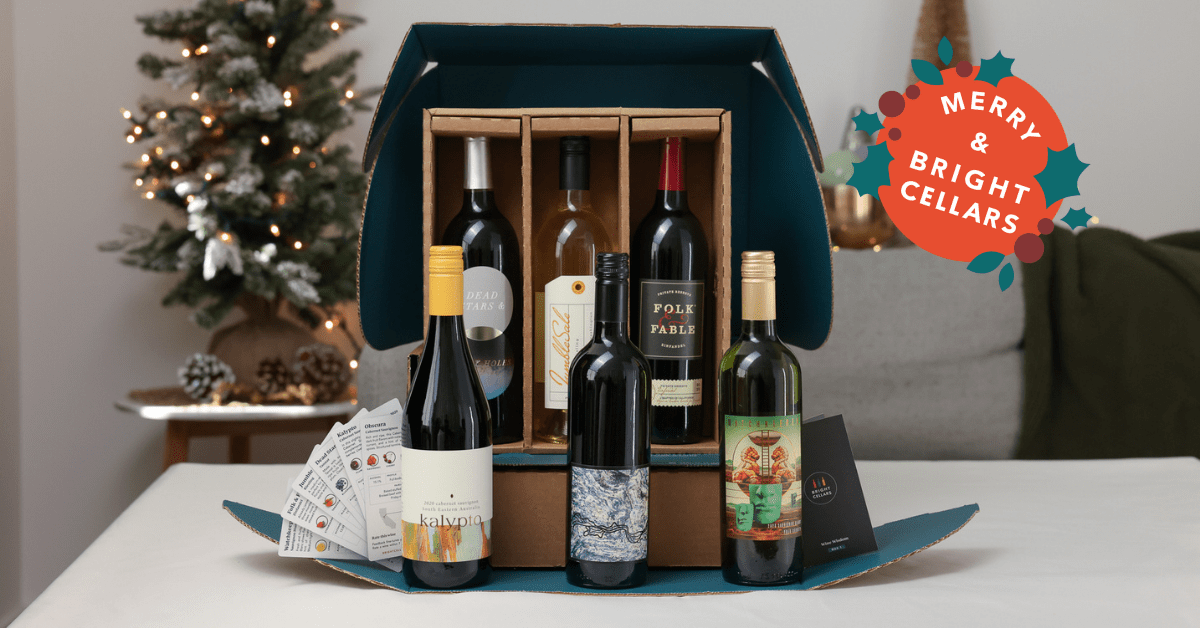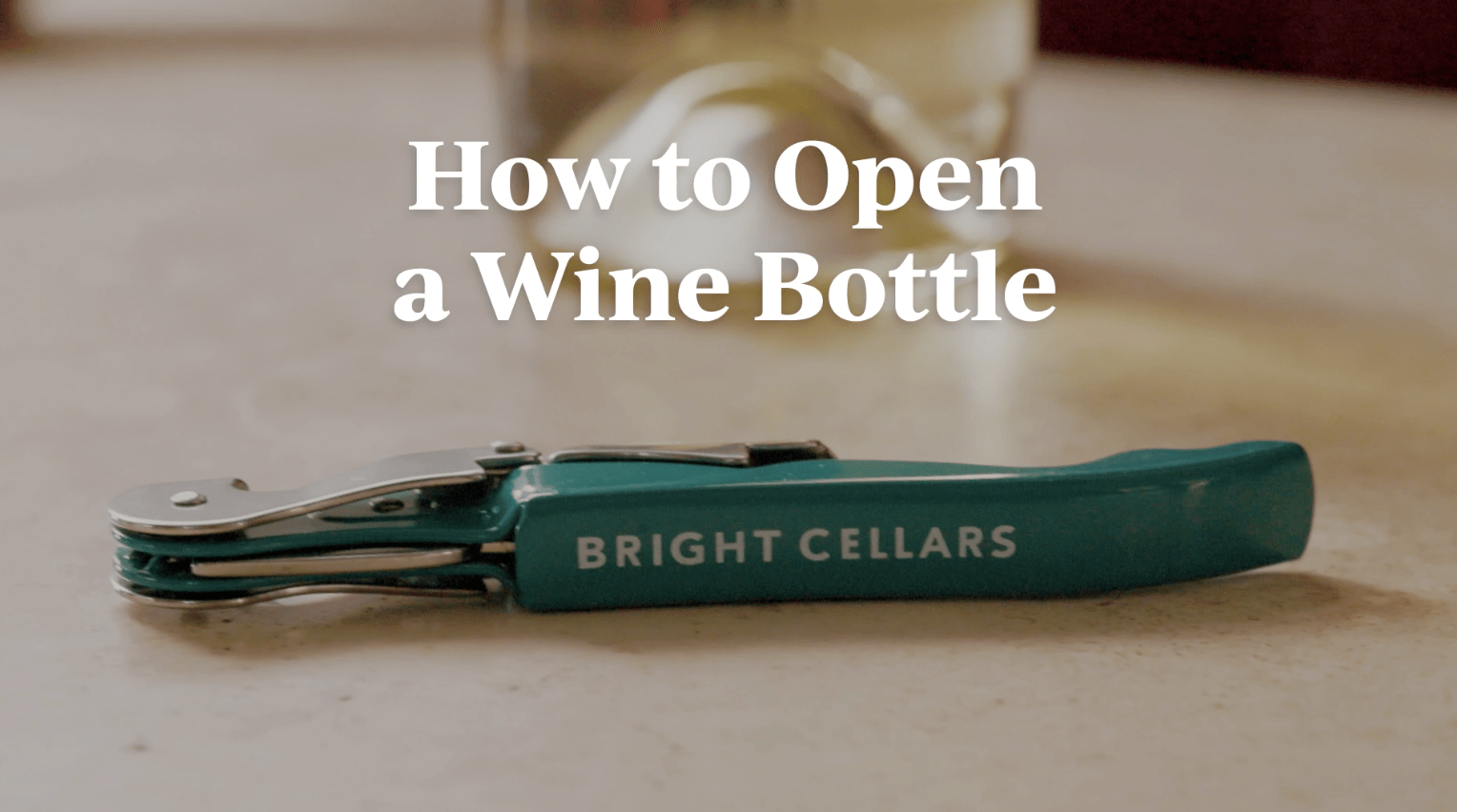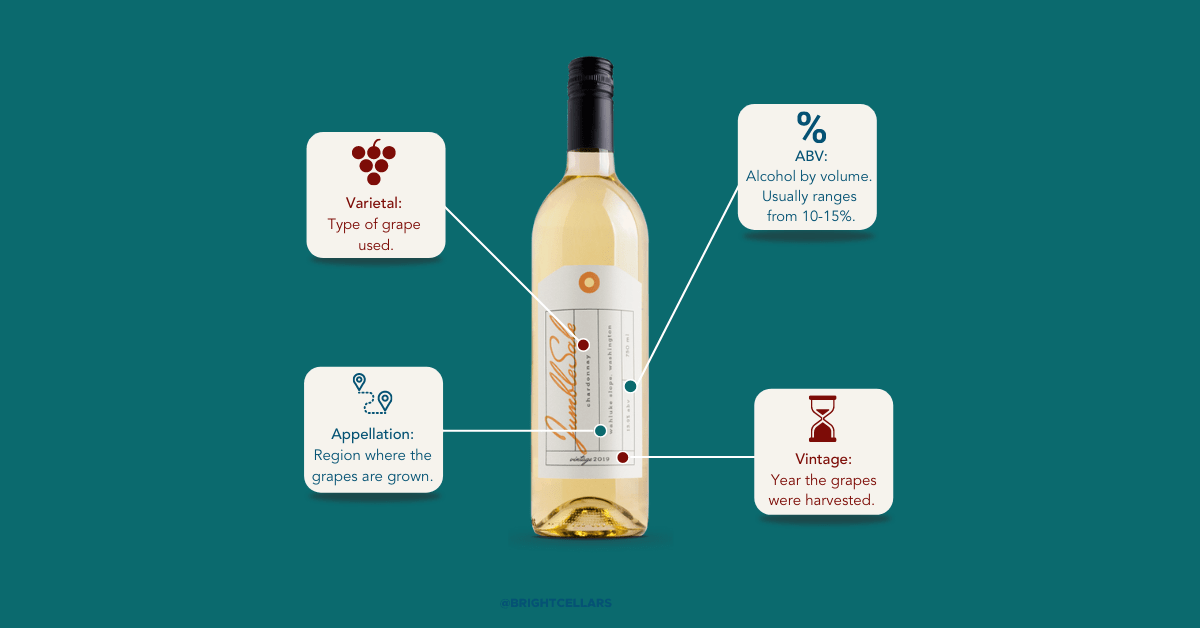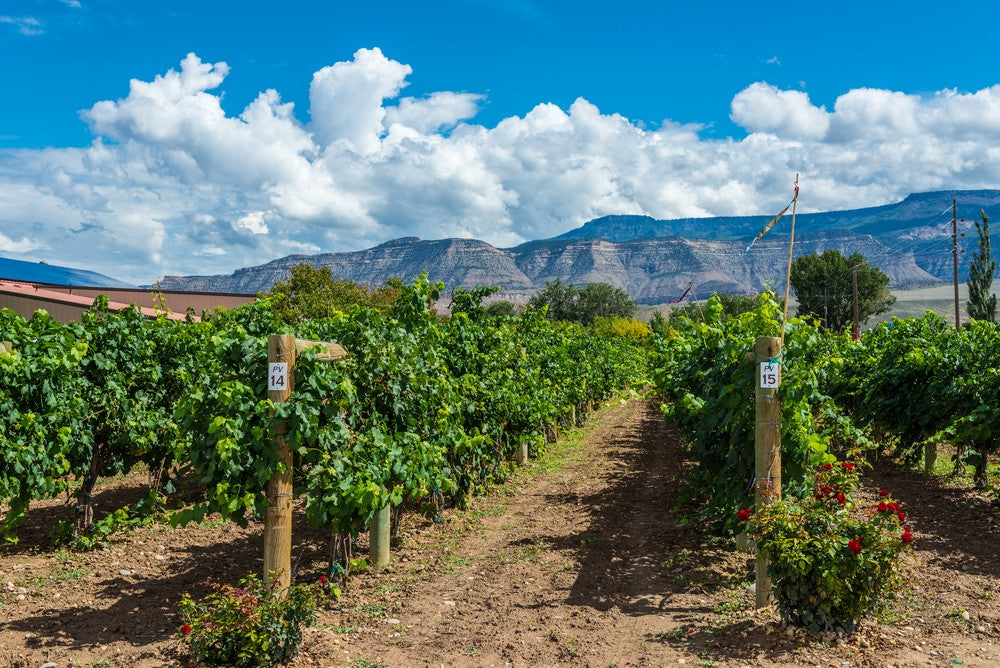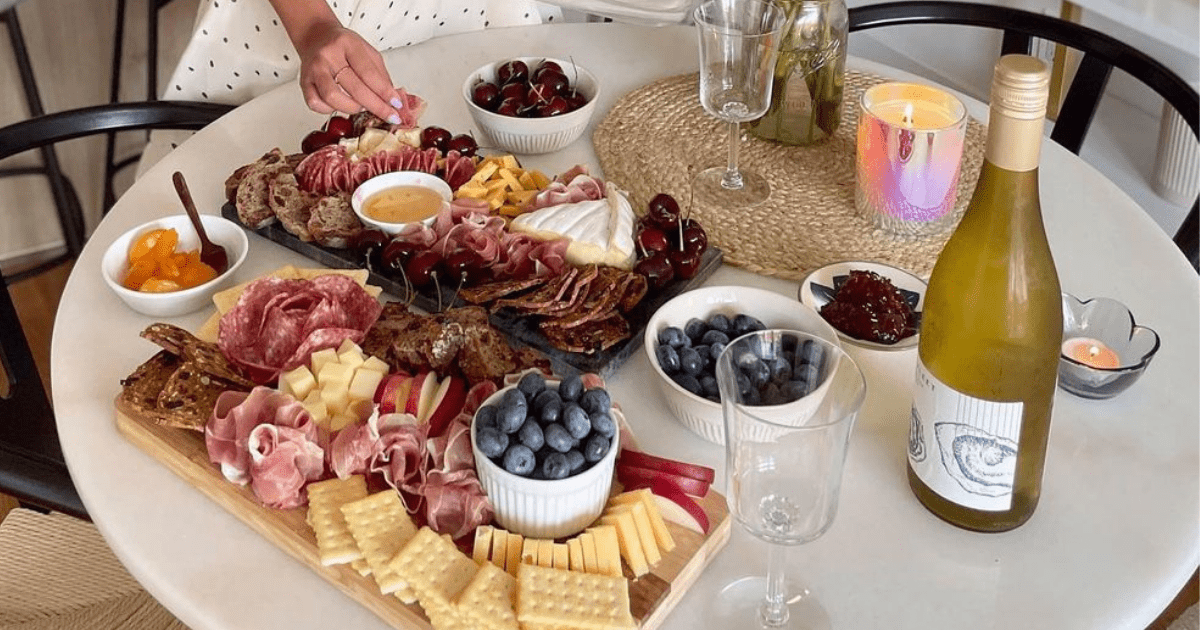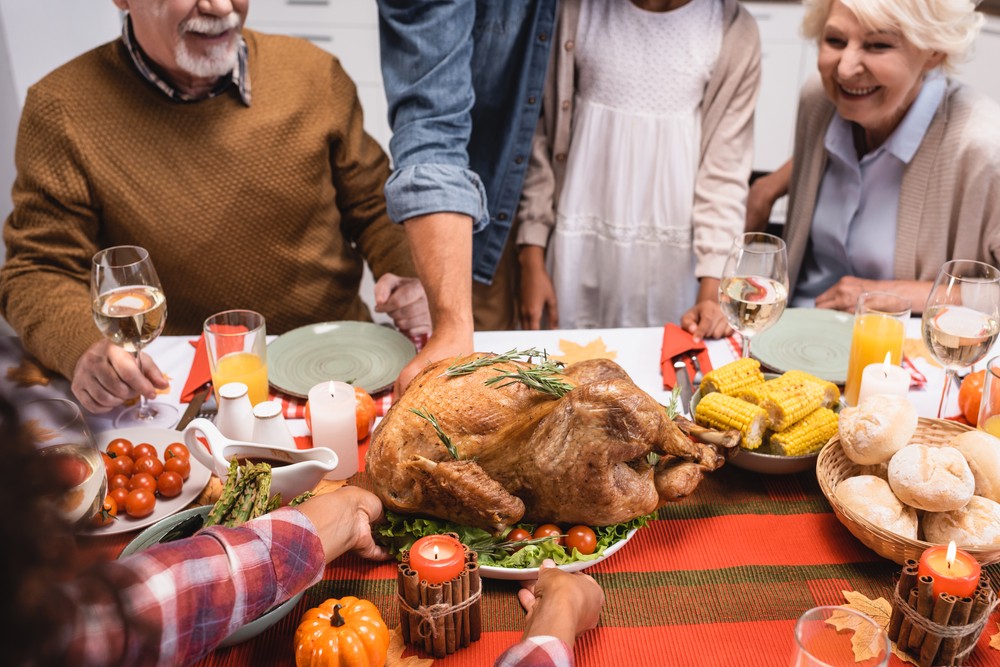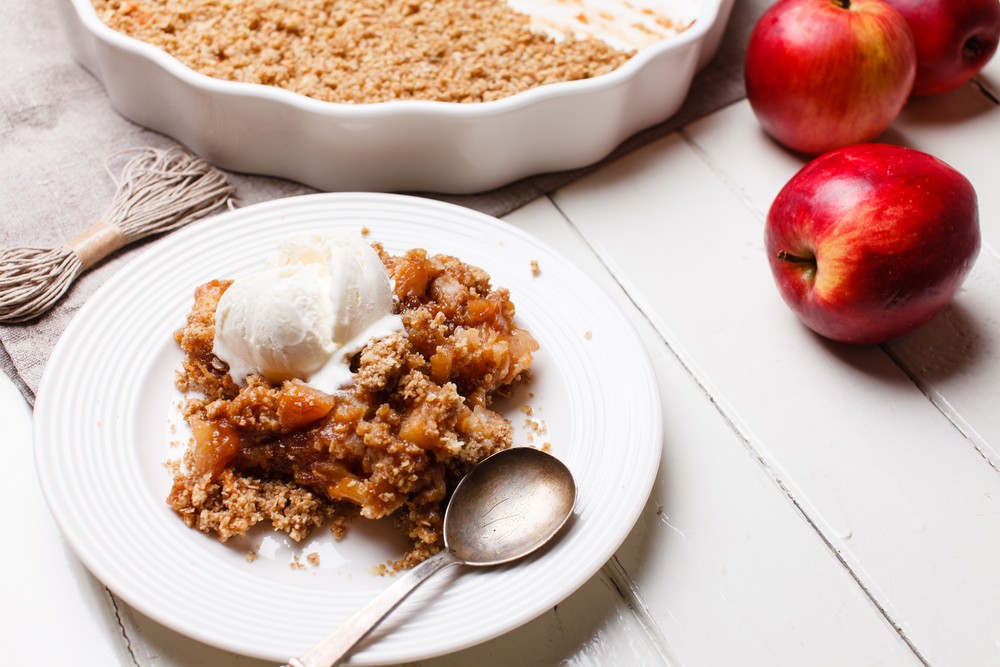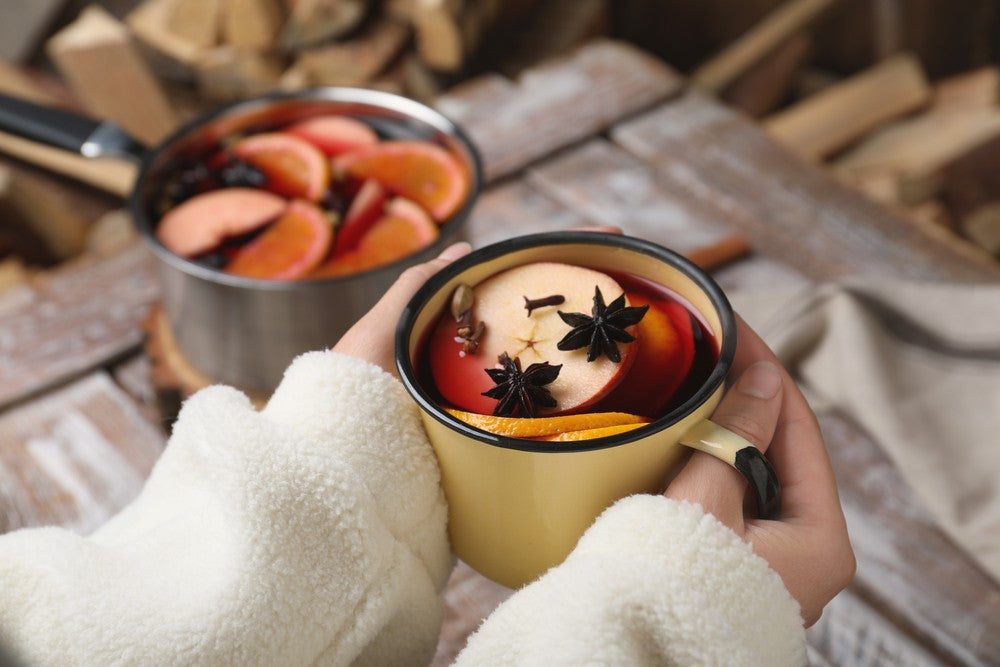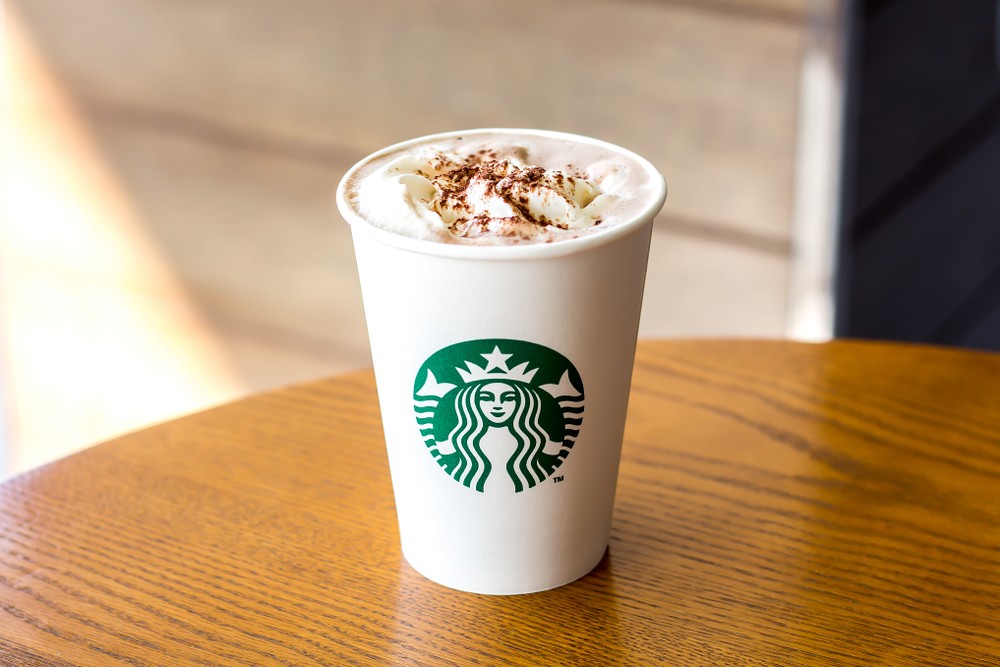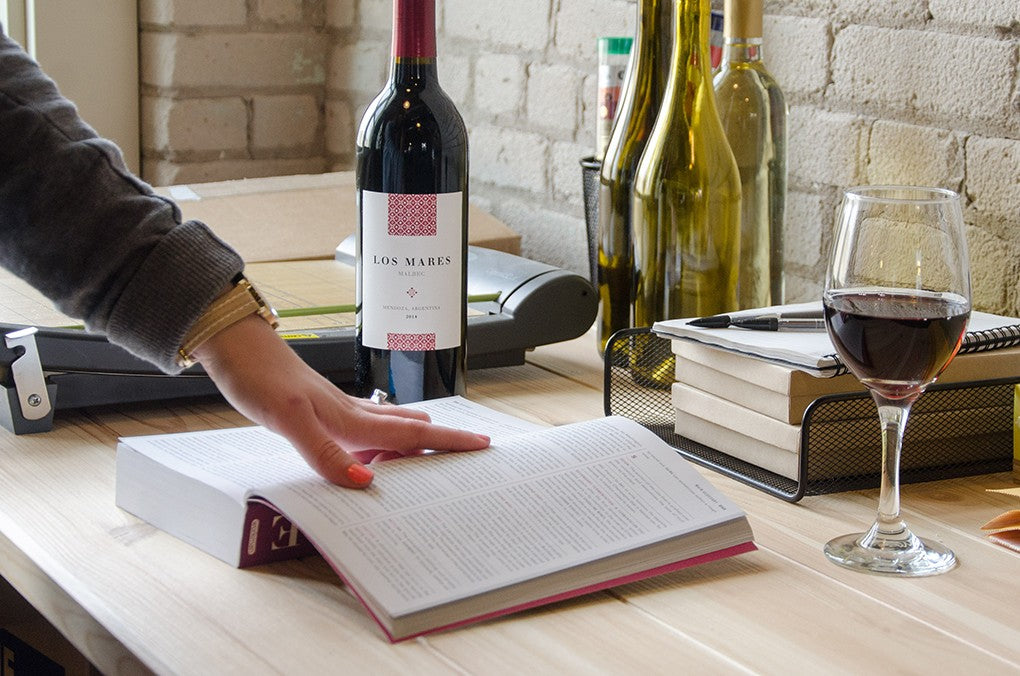
If you’ve ever found yourself at a dinner party, wine bar, or fancy restaurant and thought: “Terr-what? Who’s Stelvin? And since when did wine have so many body parts??” You’re not alone. Check out our A-Z wine terminology list, and get on your way to becoming a Sommelier! (hint hint, see: Sommelier below)
Acidity - The crispness in a wine that makes you salivate (and not just because it’s totally delicious). If your mouth waters like crazy after you take a sip, the wine you’re drinking is considered highly acidic.
Astringency - The drying sensation in a wine that makes you pucker. The level of astringency depends on the amount of tannin a wine has absorbed from the grape skins or seeds, or the length of time spent in an oak barrel. This sensation is common in dry red wines, like Cabernet Sauvignon, Nebbiolo and Tempranillo.
Appellation d’Origine Contrôlée - A mouthful, also known as "AOC." This is the French certification granted to certain geographical regions for wines, cheeses and other delicious French agricultural goodies. Its overseen by the government bureau.
Balance - Much like everyone’s favorite boy band, a wine is considered balanced when all of its characteristics are in sync. Acidity is balanced by sweetness, fruit flavors are balanced against oak, earth, and tannin, etc.Bitterness - The taste sensation caused by tannins that is sensed on the back of the tongue. You’ll notice this while eating dark chocolate, drinking strongly brewed tea or IPA beers, and while sipping on certain wine varietals.
Body - The weight of the wine in your mouth. We like to use the milk analogy: “light bodied” wines feel thin - think of having a drink of skim milk. “Heavy or full bodied” wines have a round and very rich mouthfeel - think of taking a sip of heavy cream.
Bordeaux - Pronounced “bore-doe” - this term refers to: a city in southwest France; a large French wine-producing region; a red wine (produced in said region) comprised primarily of Cabernet Sauvignon, Merlot, and Cabernet Franc; a white wine (also produced in said region), comprised of Sauvignon Blanc and Sémillon; a super impressive vino to choose off the wine list on a date.
Botrytis Cinerea - More fondly referred to as the Noble Rot. Botrytis is a mold that causes grapes to shrivel, concentrating their sugars and creating sweet, delicious dessert wine.
Bouquet - You won’t have to battle the other bridesmaids to catch this one. A bouquet in the wine world refers to the various complex aromas you can smell when swirling your glass.
Brut - The main descriptor for the dry levels on the sweetness scale for Champagne. The full Champagne sweetness scale ranges from Brut Nature (the driest) - Extra Brut - Brut - Extra Dry - Dry - Demi-Sec - Doux (the sweetest!).
Burgundy - aka “Bourgogne” (pronounced “bore-go-nya”) - this term refers to: the wine-producing region in eastern France; a French red wine (produced in said region) made with 100% Pinot Noir grapes; a French white wine (also produced in said region) made with 100% Chardonnay grapes; arguably some of the most acclaimed wines money can buy.
Complex - A wine exhibiting numerous aromas and flavors. Think: that earthy yet juicy, ripe Pinot Noir you can’t seem to beat.
Decant - The process of transferring wine from its bottle to another vessel. Psst, see: What is Decanting? for more info. Doux - The French term for sweet. You’ll often see this in reference to the sweetest level of sparkling wines, particularly, Champagne.
Finish - (No, we’re not talking about the moment when take the last sip from your favorite Bright Cellars bottle). Finish is the lasting impression of flavors that linger on your palate after you’ve had your first sip of a wine.
Fruit forward - The phrase used to describe a wine with dominant flavors in the ripe, sweet fruit realm. Note: this does not necessarily mean the wine is sweet, it means the first thing you smell is fragrant, juicy fruit. Think: a New World Zinfandel with strong, jammy red fruit aromas.
Hot - A wine that is high in alcohol content. Alcohol content in wine can range from as low as 5.5% to as high as 23% ABV. Any wine above 15% can be considered hot.
Legs - Also known as tears, legs creep down the sides of a wine glass like giant tear drops. Thicker and slower legs can indicate a higher alcohol level, body or sugar content.
Malolactic fermentation - We’re going to get a little Bill Nye here...malolactic fermentation is the secondary fermentation of a wine, in which the tart, malic acids are transformed into smooth and creamy lactic acids. Long story short: buttery Chardonnay.
New World - A New World wine hails from the U.S., Australia, South America, South Africa, and other small wine regions outside of Europe (the Old World). New World wines often taste riper, have higher alcohol content, have less acidity, and are more fruit forward. Dive deeper into the New World vs. Old World here.
Nose - The smell or aroma of a wine. Learn how to identify wines by smell here!
Off-dry - The term used to describe wines with just a touch of residual sugar sweetness.
Old World - An Old World wine hails from the regions where wine first originated. Essentially, Europe. French, Italian, Greek, Portuguese, Spanish, German, and Turkish wines are all considered to be Old World. Usually described as tasting lighter, having less alcohol, having higher acidity, and tasting less fruity, and being more terroir-focused, these wines are the opposite of New World.
Palate - Think everything the wine touches in your mouth - tongue, inside cheeks, roof of mouth. May include your nose too, after all 85% of what you taste is based on what you smell first.
Residual sugar - a.k.a. R.S. During the winemaking process, yeast typically converts all glucose and fructose sugars into alcohol, creating a dry (not sweet) wine. Occasionally, however, not all of the sugar is fermented by the yeast, which results in sweet wine! Moscato is famous for its residual sugar sweetness.
Sommelier - Pronounced “So-mel-YAY!” This is the french word for a wine steward, or the individual at a restaurant (or Wine Subscription company, *cough cough*) that assists guests in choosing the perfect wine for their meal or taste preferences.
Spumante - The Italian term for “sparkling.”
Stelvin - Affectionately known to us common folk as: the screwcap. This is the main alternative to cork, used to seal wine bottles and preserve their delicious contents.
Tannins - If you’re a lover of bold, dry red wines, these are your friend. Tannins are created from grape skins, seeds, stems, and oak aging. They create the mouth-puckering bitterness and astringency you may sense in a wine.
Terroir - The French word for “soil,” pronounced “tare-WAH.” Terroir is the geographical characteristics of a vineyard that give the wine its unique properties (i.e: the Mosel Valley in Germany
Varietal - The high-class way of saying “type.” You may be familiar with some of these wine varietals: Cabernet Sauvignon, Chardonnay, Pinot Grigio, Pinot Noir, Merlot, Shiraz, etc.
Vitis Vinifera - The species of grape that makes up over 99% of the world’s wine (when life gives you Vitis Vinifera...make wine!)
Viticulture - The science, production or study of grapes.
Viniculture - The cultivation of grape vines for winemaking.
Wine key - a.k.a. A Waiter’s Friend - and our friend, as well. This is your classic corkscrew. See our post on Basic Wine Etiquette to learn how to properly use yours! Cheers!
